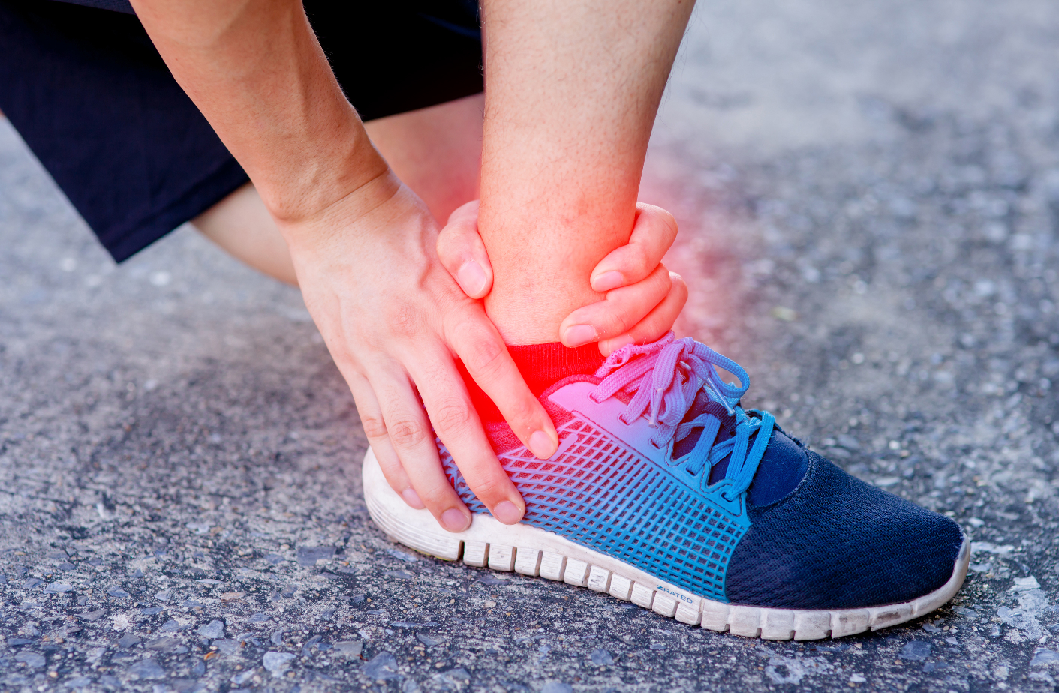
Arthritis and degenerative joint disease (DJD) is often seen as an unfortunate and unavoidable part of ageing. The two terms are also often used interchangeably. Arthritis refers to more than 100 different conditions that can impact on daily activities and quality of life; often due to pain, decreased range of movement and decreased joint stability leading to more injuries.
Osteoarthritis or OA is the most common form that we think of related to ageing. Most people will have some form of degeneration with one or more of the joints within the body, however the severity and impact on a person’s life will vary greatly depending on age, gender, weight, activity levels, previous injuries/ accidents, repetitive movements and genetics.
As the cartilage that covers the bones wears down it decreases the space between the joints and results in increased loading and pressure through the reduced joint surface. This results in pain, reduced movement and often swelling. In severe cases new bone may be laid down to try and protect the joints from further damage. However, since the new bone or spurs decrease the normal physiological joint movement this will result in decreased function often make the issue much worse.
Maintaining a healthy weight for your frame, getting plenty of weight bearing exercise such as walking, eating a balanced diet and doing regular stretches/ movement goes a long way to reducing the symptoms and impact of living with arthritis and DJD.
Chiropractic, physiotherapy, acupuncture and massage may also help by allowing the rest of the body to move and function properly and reduce strain and tension on the affected joints. Often other joints, muscles and ligaments are under more strain due to the different way of moving out of the car, bed etc. to reduce pain or tension in the affected joints.
